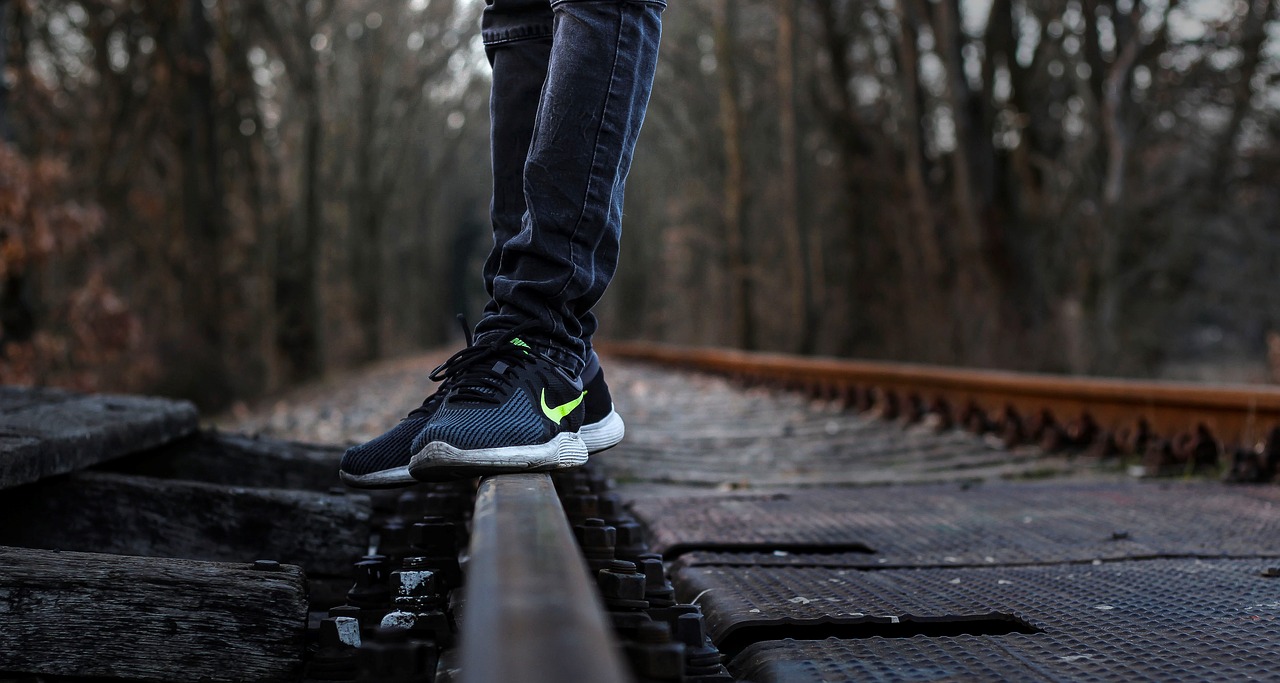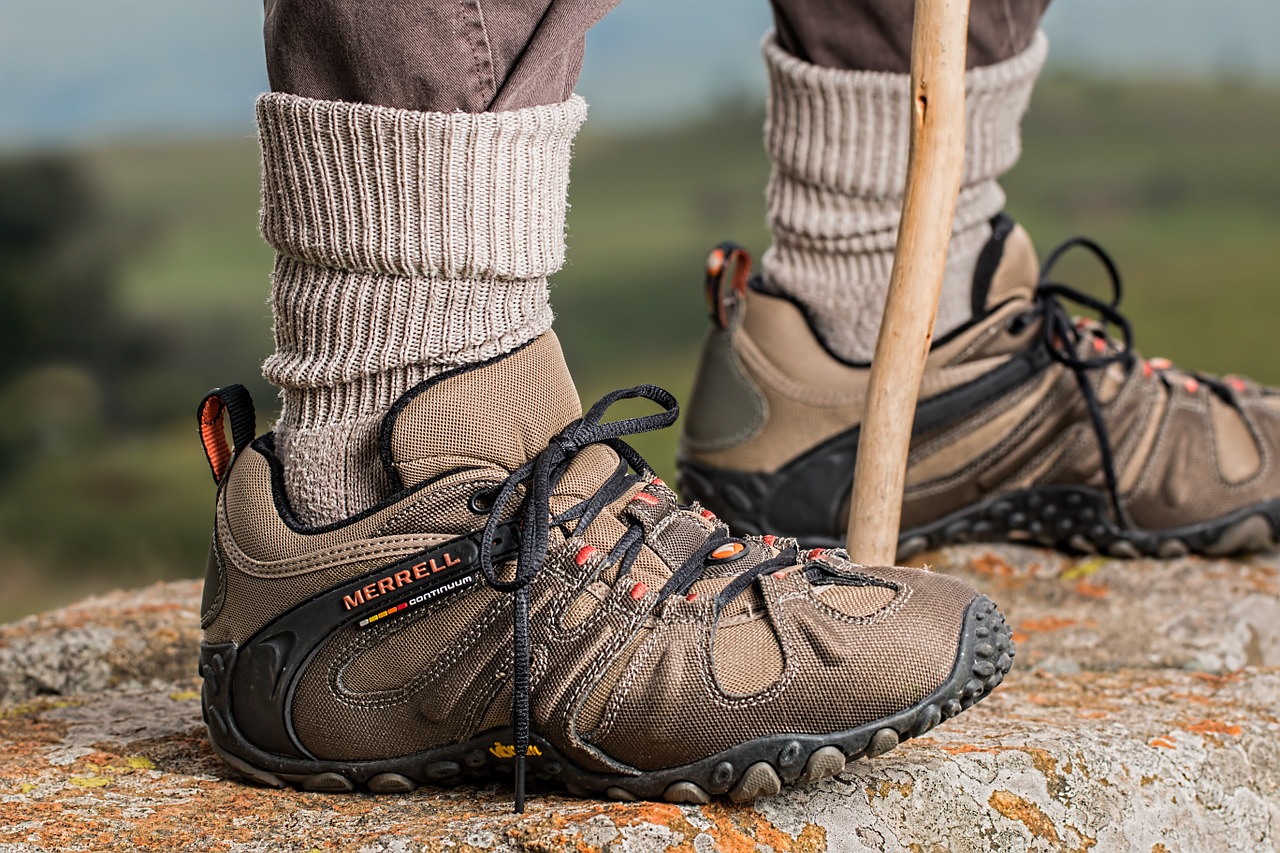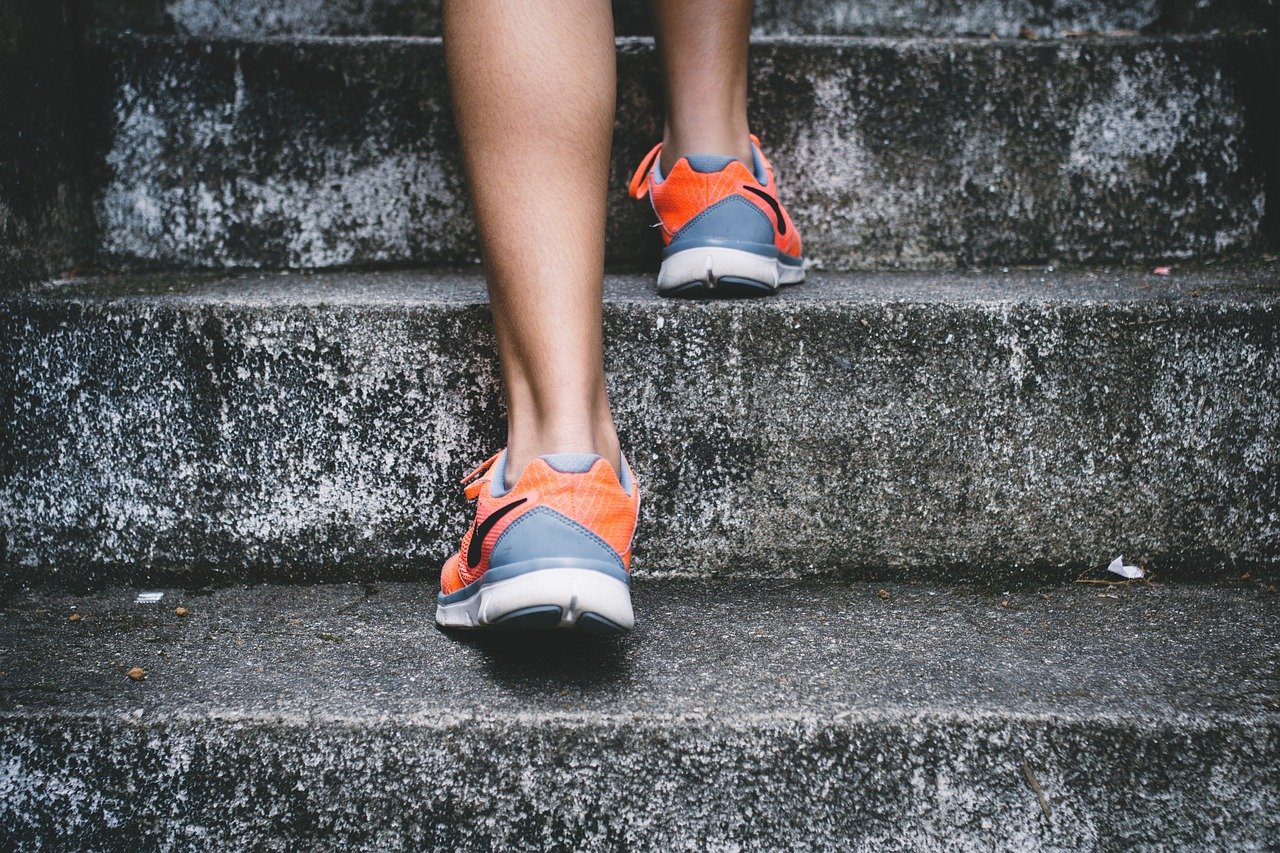Looking for a new pair of shoes is not what it used to be. Athletic shoes, for some reason, seem to come with a host of questions, which is why shoe stores spend time and effort training their salespeople in this field.
Although having someone who is well-versed in the way of finding the perfect shoes for sale, it is also valuable to do as much of your own homework upfront, before trying to embark on a wild goose chase shoe-hunt.
Quick hack: walking vs running shoes
Unarguably, there are major similarities between these two activities, but in the same breath, they are also hugely different. Both activities require support, ventilation and cushioning from a shoe, but when it comes to fine-tuning the selection process, the flexibility of the shoe is where the difference comes in. A good walking shoe should give you decent flexibility around the back of your foot, as you need the movement in natural walking motion, whereas running shoes should provide a greater range of movement (and therefore, flexibility) around the middle of the foot.

Walk on
The right kind of shoe will give you the ability to comfortably walk even challenging distances. You should feel a greater range of movement across the front of the shoe, while most of the support can be expected to be found over the arch. Did you know, to pick the ideal walking shoe for you, you should weigh up whether your toes are sitting in a balanced position to your heels, as this will give you the most stability on uneven surfaces, like hiking trails.
Run, run, run
Running shoes are also traditionally light, as you need to ultimately be able to move in them, without dragging extra weight around. However, running also causes most of the impact to the shoe to be absorbed by the heel area, making enough cushioning in the heel vital to a good fit and good functioning. Don’t fall into the trap of buying that great pair of Nike shoes for sale just because the store is running a special – get the right shoes!

What’s the deal with pronation?
If you have ever noticed that you shoes seem to be wearing out strangely – more to the outer edge of the shoe than evenly, it could indicate that you have high arches, which could lead to your feet “rolling” sideways and outwards, also referred to as under pronation. This condition can be addressed by wearing shoes with more pronounced soles, that offer support where the arches do not. Adding extra support can be incredibly useful in keeping unwanted pressure off your toes and ankles, to prevent aches and pains and structural misalignment.
On the other end of the spectrum are low arches, the cause of flat feet, and those who are built in this way might find themselves overpronating, which refers to the feet “focusing” inwards. While it is not a major cause for worry, this condition can make you more prone to injury than you would have been otherwise. The good news is that it is easily fixed by a shoe that offers support and stability where biological structure fails.
